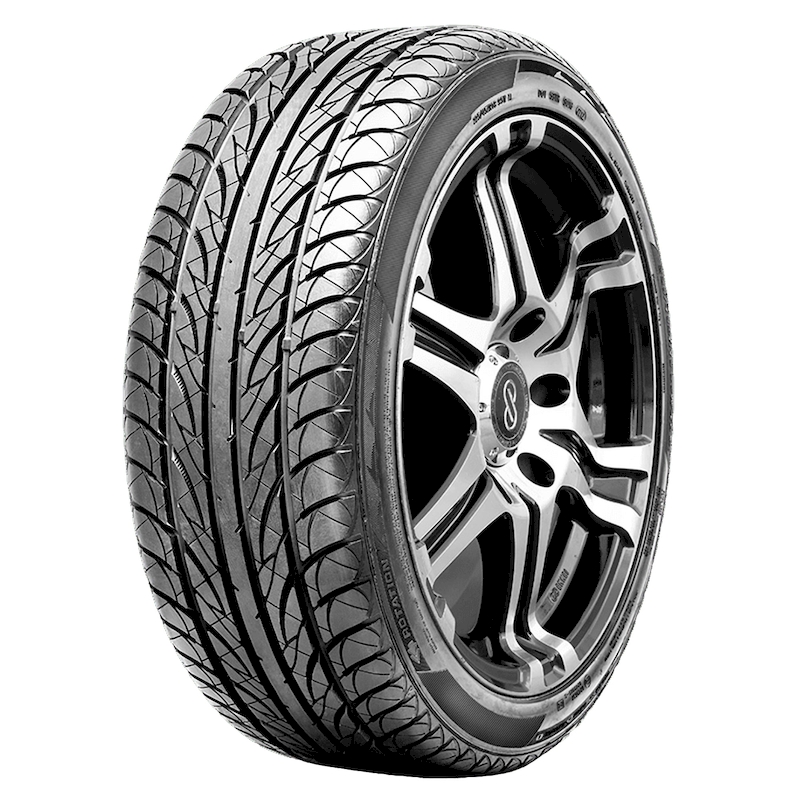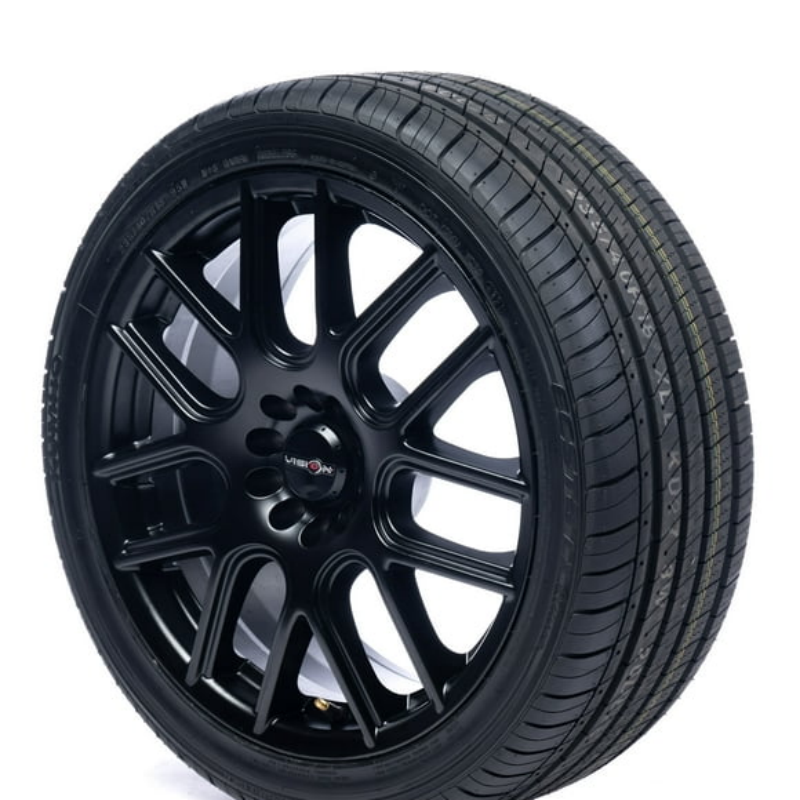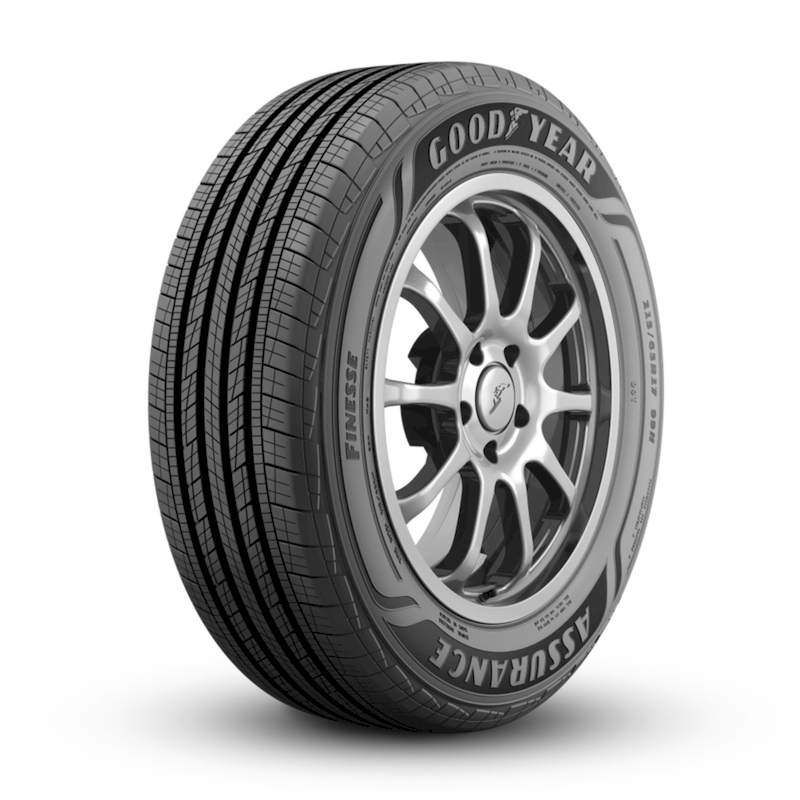When it comes to maintaining your vehicle, tire care often takes center stage, with one of the most crucial practices being tire rotation. But what does it mean to rotate tires? Tire rotation involves moving the tires from one position on the vehicle to another to promote even tire wear and extend their lifespan. While this practice is essential for all types of vehicles, many drivers remain unaware of the specific benefits and methods associated with tire rotation. Understanding the nuances of this process can help you optimize your vehicle’s performance, ensure safer driving, and ultimately save money in the long run. In this article, we will explore the significance of rotating tires, delve into the different methods and best practices, discuss the recommended rotation frequency, and address common misconceptions about tire maintenance. By the end, you’ll be well-equipped with the knowledge necessary to take better care of your vehicle.

Understanding Tire Wear and Its Causes
Before diving into what does it mean to rotate tires, it’s essential to understand why this practice is necessary in the first place. The way tires wear can have a significant impact on your vehicle’s performance and safety.
Types of Tire Wear
Tires can exhibit several types of wear, each associated with different vehicle conditions or driving habits:
- Uniform Wear: This is when the tire tread wears evenly across the entire surface. When tires experience uniform wear, it usually indicates that they are well-maintained and properly inflated.
- Cupping or Scalloping: This wear pattern occurs when the tread wears unevenly, leading to high and low spots around the tire’s circumference. This can be a result of misalignment, worn-out suspension components, or unbalanced tires.
- Edge Wear: If you see that the outer edges of your tires are more worn than the center, this could indicate under-inflation. Conversely, if the inner edges are more worn, it could suggest over-inflation.
- Center Wear: Excessive tread wear in the center of the tire usually means the tires are over-inflated.
The Impact of Neglecting Tire Maintenance
Ignoring the need for tire maintenance, including rotation, can have significant consequences:
- Reduced Traction: Uneven tire wear can lead to reduced contact with the road surface, compromising vehicle handling and stability, especially in wet or slippery conditions.
- Decreased Fuel Efficiency: Tires that wear unevenly can create more rolling resistance, making your engine work harder and, as a result, decrease fuel efficiency. Regular rotations can help maintain optimal performance in this regard.
- Safety Risks: Worn-out tires increase the risk of blowouts or loss of control, particularly during high-speed maneuvers or emergency situations. Regular rotations and inspections are crucial for maintaining safe driving conditions.
The Benefits of Tire Rotation
Understanding what does it mean to rotate tires is crucial, but it’s equally important to recognize the myriad benefits this practice offers.
Extended Tire Life
One of the primary benefits of rotating tires is the extension of their lifespan. By redistributing tire wear, you can significantly elongate the life of your tire set. Here’s how:
- Even Wear Distribution: Rotating tires helps ensure that all four tires wear evenly over time, allowing you to maximize their service life. This can save you money in the long run by delaying the need for replacement.
Improved Handling and Performance
Tires that are worn unevenly can affect how your vehicle handles and performs. Regular rotations contribute to improved stability and comfort:
- Better Grip: Consistent contact with the road is essential for safe driving. Regular tire rotation helps maintain even tread depth, resulting in enhanced traction and stability.
- Smoother Ride: Tires in good condition with even wear contribute to a smoother driving experience. This reduces vibrations and noise within the cabin, enhancing overall comfort.

Enhanced Fuel Efficiency
Tire efficiency directly correlates with a vehicle’s fuel efficiency. By routinely rotating your tires, you can help maintain optimal performance:
- Reduced Rolling Resistance: Properly aligned and well-maintained tires create less resistance while driving, which allows your engine to operate more efficiently and helps improve fuel economy.
Increased Safety
Perhaps the most important benefit of tire rotation is enhanced safety. Regularly rotating your tires contributes to safer driving conditions:
- Minimized Blowout Risks: Well-maintained tires, free from uneven wear patterns, are less likely to suffer from blowouts, giving you peace of mind while driving.
- Reliable Performance in Adverse Conditions: Consistently rotated tires with even tread wear perform better in wet, snowy, or icy conditions, aiding in your overall safety.
How Often Should You Rotate Your Tires?
Understanding how often to rotate your tires is critical to reaping the benefits mentioned above.
General Guidelines for Tire Rotation
While specific recommendations may vary based on vehicle type, tire brand, and the manufacturer’s guidelines, the general rule of thumb is to rotate your tires every 5,000 to 7,500 miles. However, it’s essential to note:
- Refer to Your Owner’s Manual: Always refer to your vehicle’s owner’s manual for manufacturer recommendations on rotation frequency. Different vehicles may have specific guidelines.
- Tire Type Matters: Consider the type of tires on your vehicle. All-season tires may not require as frequent rotation as performance tires, which can wear unevenly more quickly.
Signs You Need to Rotate Your Tires
In addition to following the mileage guideline, pay attention to the tires’ condition and how the vehicle handles. Signs you may need to rotate your tires include:
- Uneven Wear Patterns: Take a closer look at your tires. If you notice any uneven wear patterns, it’s time to rotate.
- Vibration While Driving: Excessive vibrations while driving can indicate uneven wear. If you experience this, consider checking your tire rotation schedule.
- Handling Issues: If you notice your vehicle pulling to one side, it could mean uneven tire wear, and it’s a good idea to rotate them.
Methods of Tire Rotation
There are several methods for rotating tires, and understanding these techniques helps you determine the most suitable approach for your vehicle.
Rearward Cross Method
This is one of the most commonly recommended rotation patterns, especially for vehicles with non-directional tires. The rearward cross method involves the following steps:
- Move the rear tires to the front on the same side (i.e., left rear to left front, right rear to right front).
- Cross the front tires to the rear, placing the right front tire in the left rear position and the left front tire in the right rear position.
Forward Cross Method
The forward cross method is ideal for vehicles with directional tires. When employing this method, follow these steps:
- Move the front tires to the rear, maintaining the same side (i.e., left front to left rear, right front to right rear).
- Cross the rear tires to the front, placing the left rear tire in the right front position and the right rear tire in the left front position.
Side-to-Side Rotation
This method is primarily used for vehicles with tires that require side-to-side rotation due to their design. Here’s how to do it:
- Simply switch the left tires with the right tires.
- Ensure that the front tires remain in the front position while the rear tires do the same.
Recommended Patterns Based on Drive Systems
- Front-Wheel Drive: For front-wheel-drive vehicles, use the rearward cross method.
- Rear-Wheel Drive: For rear-wheel-drive vehicles, consider both the rearward and forward cross methods, depending on tire type.
- All-Wheel Drive: For AWD vehicles, it’s advisable to follow the manufacturer’s recommendations but generally employ the rearward cross method.
Tools and Equipment for Tire Rotation
If you’re looking to rotate tires yourself, you’ll need the right tools and equipment to ensure the process goes smoothly and safely.
Essential Tools Required
- Jack: A quality jack is necessary for lifting the vehicle off the ground. Options include hydraulic jacks or a scissor jack for lightweight use.
- Jack Stands: Always use jack stands for safety while working under a lifted vehicle. Never rely solely on a jack.
- Lug Wrench: A lug wrench is essential for loosening and tightening lug nuts. Consider a breaker bar for added leverage if necessary.
- Torque Wrench: This tool ensures that lug nuts are tightened to the manufacturer’s specified torque settings after rotation.
Safety Precautions
Safety should be a priority when rotating tires. Follow these precautions:
- Work on Level Ground: Ensure you are on a flat surface to prevent the vehicle from rolling.
- Use Jack Stands: Always use jack stands when lifting a vehicle to avoid potential accidents.
Common Misconceptions About Tire Rotation
Misunderstandings surrounding tire rotation can lead to neglected maintenance or improper application. Here are a few common misconceptions:
All Tires Are the Same
Many believe that all tires require the same rotation method. However, different tire types (directional vs. non-directional) and drive systems affect the rotation method used.
Tire Rotation is Optional
Some drivers assume that tire rotation is merely a suggestion rather than a requirement. In reality, regular rotation is key to maintaining tire health and performance.
Rotation Frequency Doesn’t Matter
Some believe that tire rotation frequency doesn’t significantly impact tire life. In fact, sticking to recommended mileage intervals can greatly enhance tire durability and performance.

Conclusion
In summary, understanding what does it mean to rotate tires is crucial for maintaining your vehicle’s performance, safety, and longevity. Regular tire rotation helps distribute wear evenly, enhancing grip and efficiency while prolonging the lifespan of your tires. By recognizing the signs that indicate it’s time to rotate your tires and understanding the best methods for doing so, you can take proactive steps to ensure safe and smooth rides.
Additionally, familiarizing yourself with various types of tires and rotation techniques allows for a well-informed approach to tire maintenance. Investing time in this essential aspect of vehicle care not only saves money but also contributes to a safer driving experience. So, whether you choose to rotate your tires at home or enlist the help of a professional mechanic, prioritize this important task to enjoy the full benefits of your vehicle’s performance.